In today’s world of mass-produced food and genetically uniform crops, it’s easy to forget that not so long ago, families grew and passed down seeds like heirlooms, along with recipes, stories, and survival skills. These weren’t just plants—they were heritage, resilience, and culture in living form. Each one came with its own flavor, its own history, and a place in the meals that shaped entire generations.
Heirloom crops are varieties that have been preserved through decades—sometimes even centuries—without hybridization or genetic modification. They were chosen for flavor, nutritional value, and reliability, not just shelf life. And yet, many of them have nearly vanished from grocery stores and even farmers’ markets, replaced by crops bred to survive shipping instead of delighting the senses. What’s been lost in the process? A lot more than taste.
Whether you’re dreaming of a garden that feels like stepping back in time, or you simply want food that actually tastes like food, these 20 heirloom crops are more than just a nostalgic trend. They’re time-tested, nutrient-dense, and—most importantly—worth growing again. Once you try them, you’ll understand why so many people are fighting to bring them back.
Brandywine Tomato
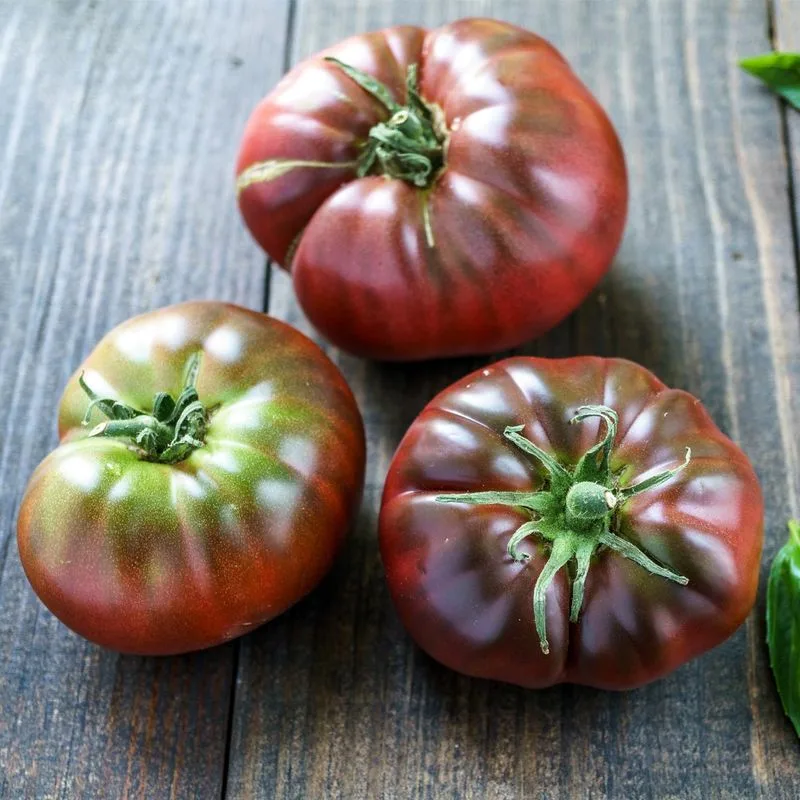
The allure of the Brandywine Tomato lies in its rich, full-bodied flavor that tomato lovers cherish. Unlike modern hybrids, this variety offers unmatched taste with its sweet and juicy profile. Its rosy red hue and distinctive ribbed appearance make it a garden favorite.
Originating from Amish farmers in the 1880s, Brandywine Tomatoes have been a staple in American gardens, appreciated for their adaptability and resilience. They thrive in warm climates and can grow to impressive sizes, making them ideal for sandwiches and salads.
Cultivating this heirloom can transform simple dishes with its vibrant taste and texture. Experience the past through its rich flavors and keep a piece of history alive in your garden.
Glass Gem Corn
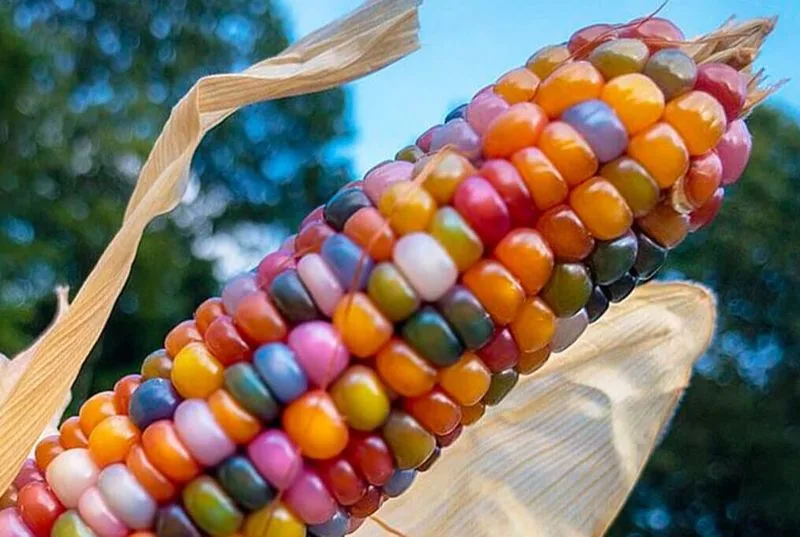
With kernels resembling vibrant gems, Glass Gem Corn is a visual spectacle. This heirloom variety doesn’t just capture attention; it tells a story of cultural heritage. Originally cultivated by the Native American Cherokee people, it symbolizes resilience and tradition.
The corn is not just decorative; it can be ground into a unique, colorful cornmeal or used to make popcorn. Its versatility extends to crafts, where the striking kernels are often used in jewelry and decoration.
Glass Gem Corn serves as a reminder of the beauty and diversity of nature, inviting gardeners to embrace its dazzling array of colors and historical significance.
Dragon Carrot
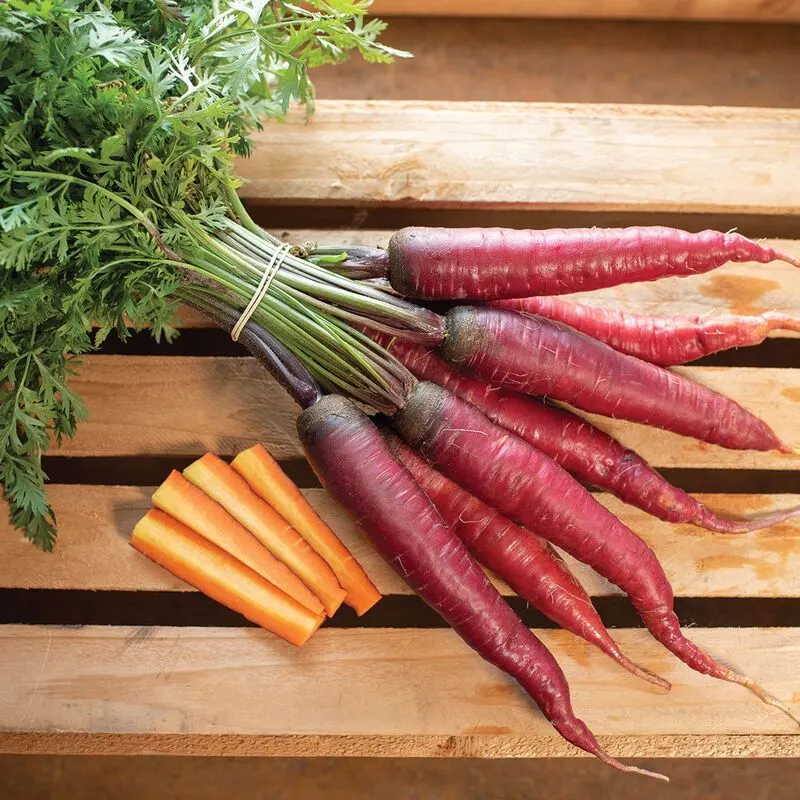
Venture beyond the ordinary with Dragon Carrots, an heirloom variety boasting a deep purple skin and a bright orange core. These carrots are not just a feast for the eyes; they offer a sweet, spicy flavor that elevates any dish.
Dragon Carrots hail from the Middle Ages, where they were favored for their unique pigmentation and nutritional benefits. Rich in antioxidants, they provide a healthy punch, making them a favorite among health-conscious gardeners.
This striking vegetable adds flair to dishes and gardens alike, proving that heirloom varieties can be both beautiful and nutritious. Enjoy their sweet zest while contributing to biodiversity.
Moon and Stars Watermelon
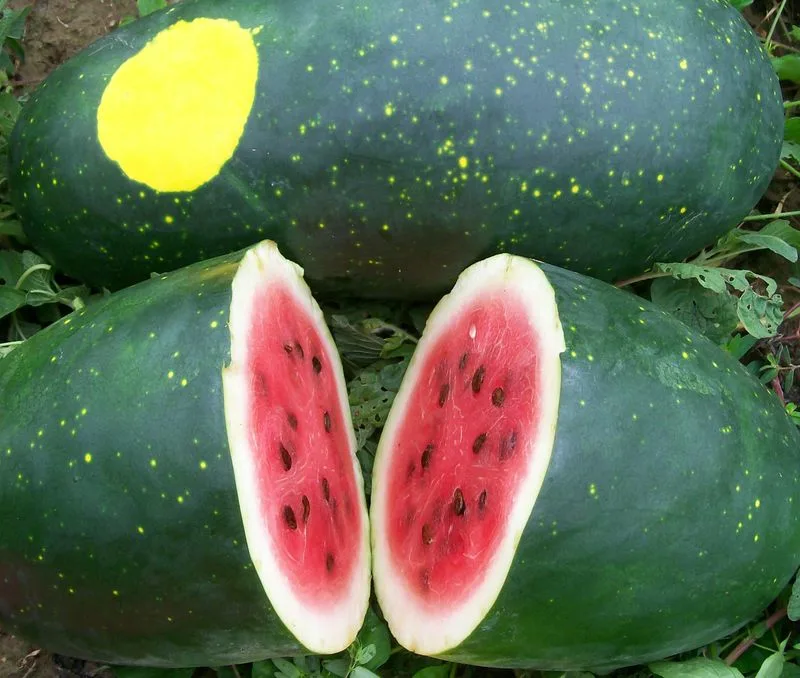
The Moon and Stars Watermelon, with its celestial pattern of yellow spots, captures the imagination. Discovered in the early 1900s, this heirloom variety was thought lost until a seed saver rediscovered it in the 1980s.
Its sweet, juicy flesh is a summer delight, offering a burst of refreshment on hot days. The unique appearance makes it a conversation piece in any garden or picnic.
Growing this watermelon not only pleases the palate but also supports preservation efforts for unique agricultural heritage. It’s a delightful way to celebrate history and savor the flavors of yesteryear.
Lemon Cucumber
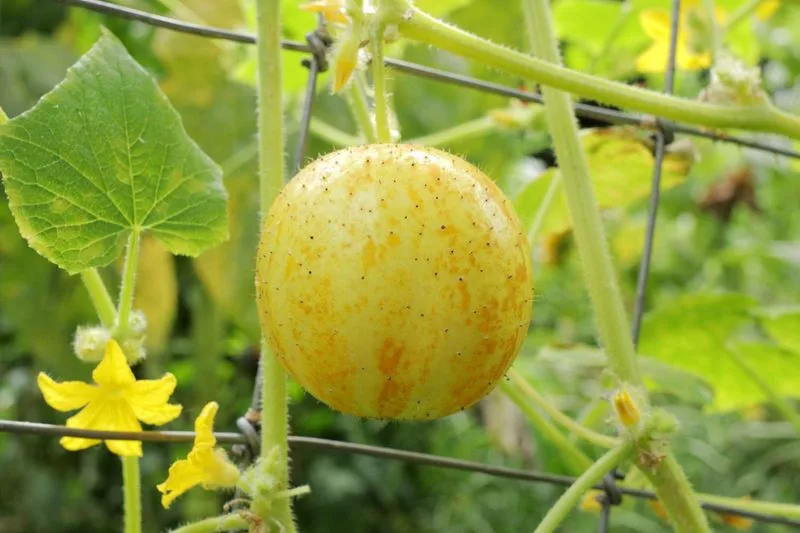
Lemon Cucumbers, with their round, yellow appearance resembling citrus fruit, bring a refreshing twist to salads and snacks. Their mild, sweet flavor is a delightful surprise to those accustomed to traditional green cucumbers.
Originating from India, these heirlooms were introduced to the United States in the late 19th century. They thrive in warm climates and offer a crisp, juicy bite that refreshes the senses.
Growing Lemon Cucumbers adds a touch of the exotic to your garden, while their easy growth habit makes them accessible to gardeners of all levels. Enjoy their unique taste and contribute to the diversity of your produce.
Chioggia Beet
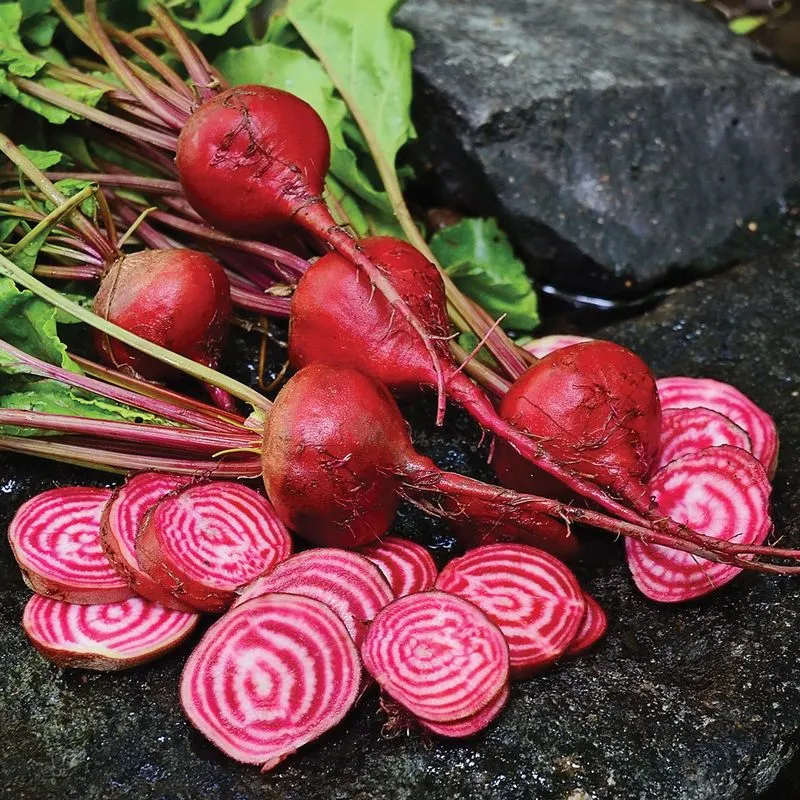
Chioggia Beets are a visual delight with their concentric rings of pink and white inside. Named after the coastal town of Chioggia in Italy, these beets have been cherished since the 19th century.
Their sweet, earthy taste complements a variety of dishes, from roasted vegetable medleys to fresh salads. The vibrant appearance also makes them a favorite in gourmet presentations.
Growing Chioggia Beets is a nod to culinary elegance and history, offering a unique aesthetic and flavor. Incorporate them into your meals to experience a captivating blend of Italian heritage and modern taste.
Rattlesnake Pole Bean
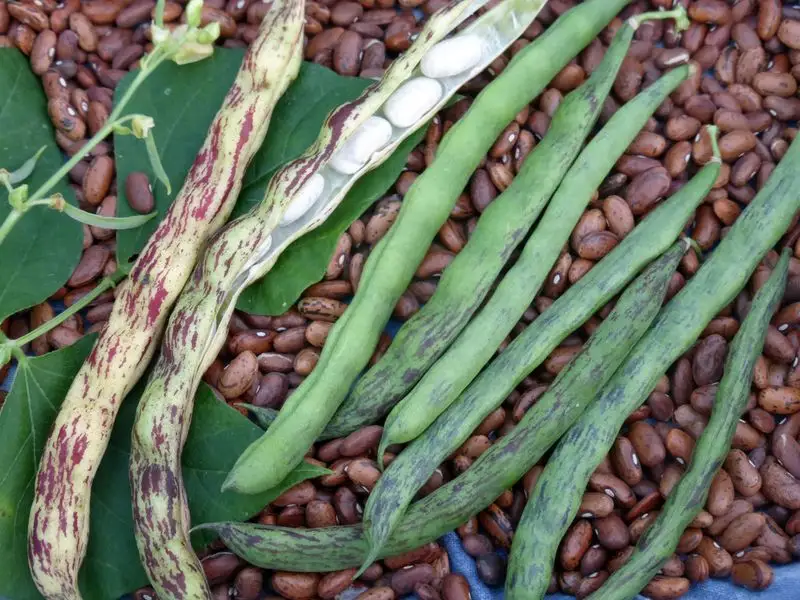
The Rattlesnake Pole Bean is as intriguing as its name suggests, with slender pods tinged in green and purple. Known for their resilience and productivity, these beans have been a Southern garden staple for generations.
Their crisp texture and robust flavor make them versatile for a variety of dishes, whether fresh, steamed, or stir-fried. Originating from the American South, they are adapted to warm climates and can grow prolifically with minimal care.
By planting Rattlesnake Pole Beans, gardeners can enjoy a piece of Southern heritage while reaping the benefits of a hardy, flavorful vegetable. It’s a commitment to both history and taste.
Crookneck Squash
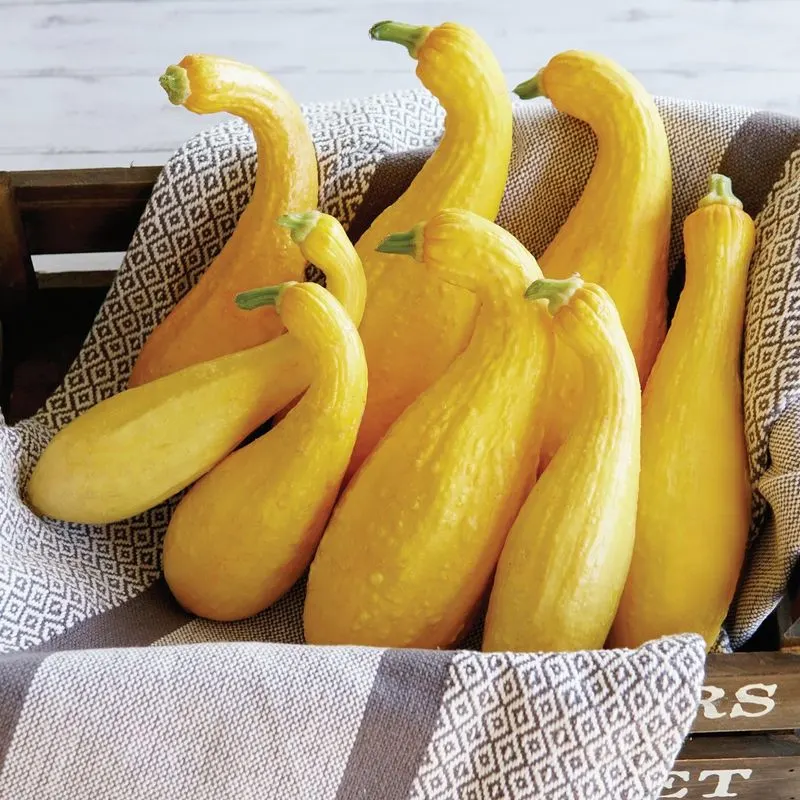
Crookneck Squash stands out with its distinctive curved neck and sunny yellow skin. Its tender flesh and mild flavor have made it a culinary favorite for centuries.
The origins of this heirloom trace back to Native American agriculture, where it was valued for its versatility and ease of growth. It’s perfect for grilling, sautéing, or baking, offering a hint of summer sweetness.
This squash variety symbolizes sustainability and tradition. By cultivating Crookneck Squash, gardeners not only enjoy its delightful taste but also contribute to the preservation of indigenous agricultural practices.
Hubbard Squash
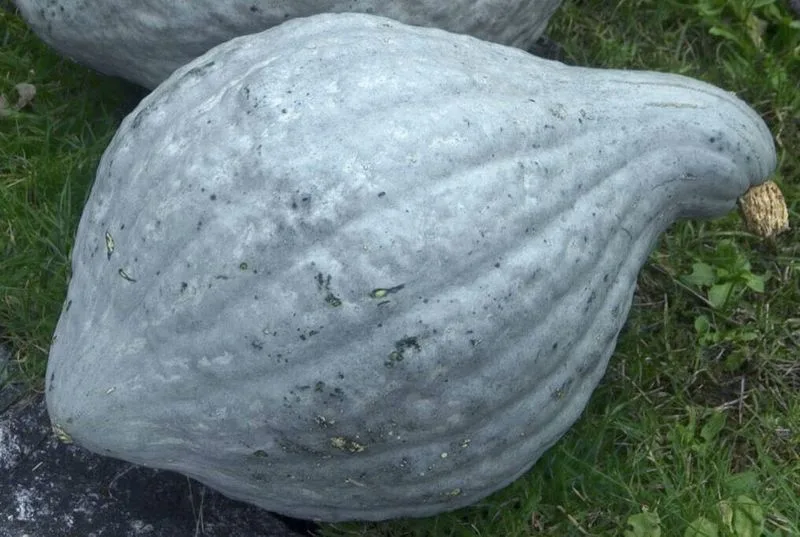
Hubbard Squash is a giant among squashes, known for its hard, bumpy skin and sweet, nutty flesh. This heirloom variety has been adored since the 1700s, providing sustenance through harsh winters.
Its dense flesh and rich flavor make it ideal for soups, pies, and roasts. The impressive size and robust nature ensure a long storage life, making it a pantry staple.
Growing Hubbard Squash is a commitment to enduring agricultural heritage, offering both culinary versatility and historical significance. It’s a wonderful way to savor tradition and sustain your pantry.
Purple Majesty Potato
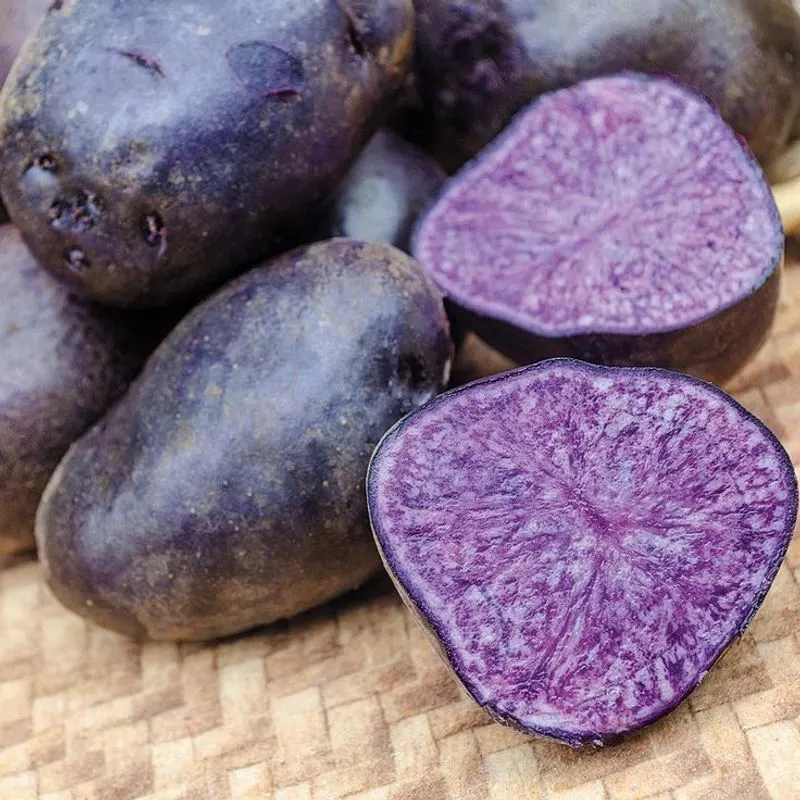
Purple Majesty Potatoes boast a rich color and a robust antioxidant profile. This heirloom variety stands out not just for its hue, but for its creamy texture and subtle, nutty flavor.
These potatoes are perfect for adding a splash of color to any dish, from mashed potatoes to vibrant salads. Originating from South America, they have been cultivated for their nutritional benefits and visual appeal.
By planting Purple Majesty Potatoes, gardeners embrace a legacy of health and flavor. It’s a delightful way to enrich meals and gardens with their vivid presence and wholesome qualities.
Golden Bantam Corn
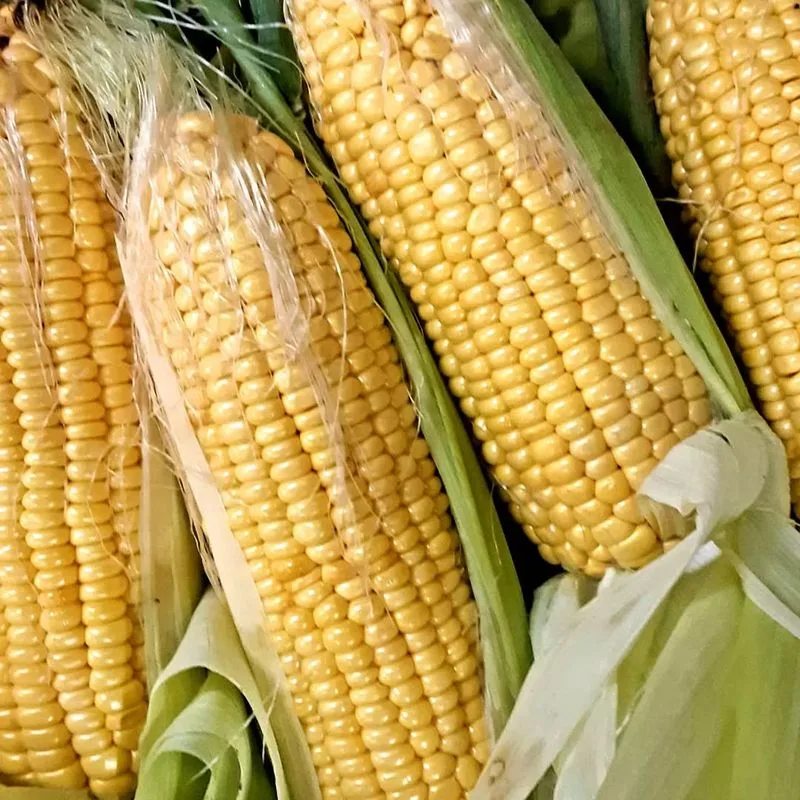
Golden Bantam Corn revolutionized home gardening with its introduction in the early 1900s. Its sweet, tender kernels were among the first to popularize yellow corn across America.
This heirloom variety offers a delightful burst of flavor, perfect for fresh eating, freezing, or canning. Its robust growth and early maturation make it accessible to gardeners in various climates.
Growing Golden Bantam Corn helps preserve a piece of agricultural history while enjoying a reliable and delicious crop. It’s a nod to the innovation that shaped modern gardening practices and taste preferences.
Scarlet Nantes Carrot
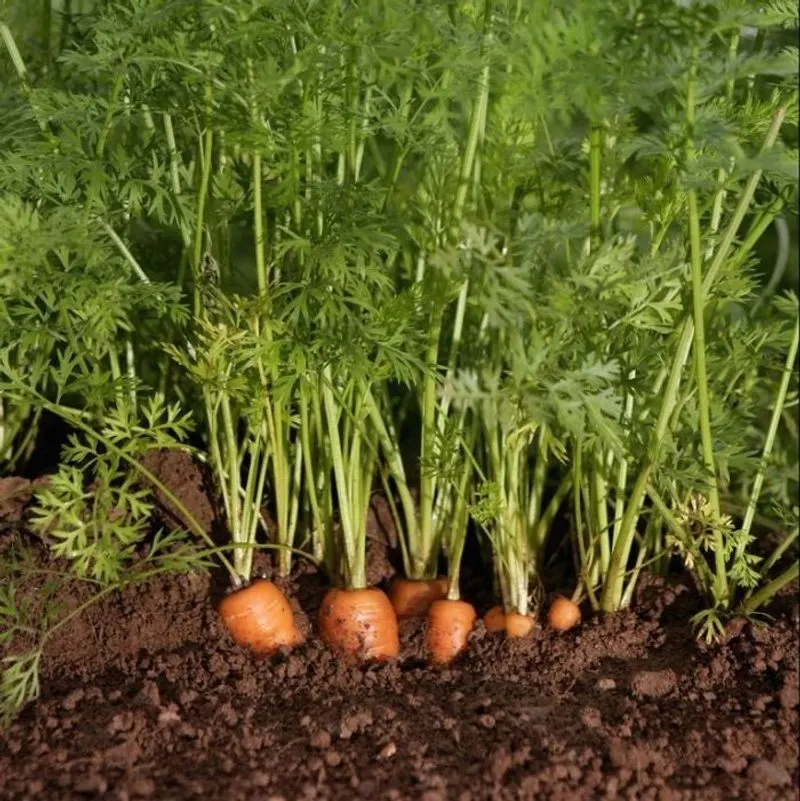
Scarlet Nantes Carrots bring a crisp, sweet flavor to the table, appreciated by gardeners and chefs alike. Their uniform shape and smooth skin make them a favorite for fresh eating and culinary creations.
This heirloom variety dates back to the 1850s in France, celebrated for its adaptability and excellent flavor. They grow well in various soil types and conditions, offering a reliable harvest.
By cultivating Scarlet Nantes Carrots, one honors a legacy of culinary excellence and garden reliability. It’s a tasty way to maintain tradition and enjoy consistent, high-quality produce.
Black Krim Tomato
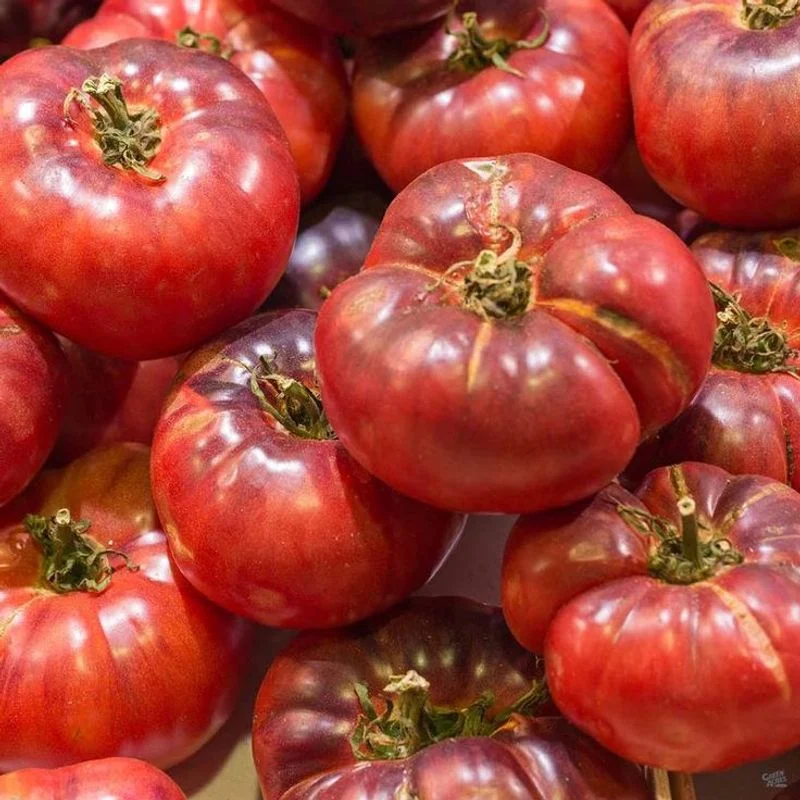
Black Krim Tomatoes reveal a unique, savory flavor profile that’s both sweet and slightly salty. This heirloom variety from the Crimean peninsula thrives in warm, sunny climates.
Its dark, rich color and juicy flesh make it a standout in salads and sandwiches, offering a burst of flavor that’s hard to match. The Black Krim’s robust growth and disease resistance make it a favorite amongst gardeners.
Choosing to grow Black Krim Tomatoes means embracing a taste of history while enjoying a resilient and flavorful crop. It’s a commitment to both quality and heritage in your garden and kitchen.
Bull’s Blood Beet
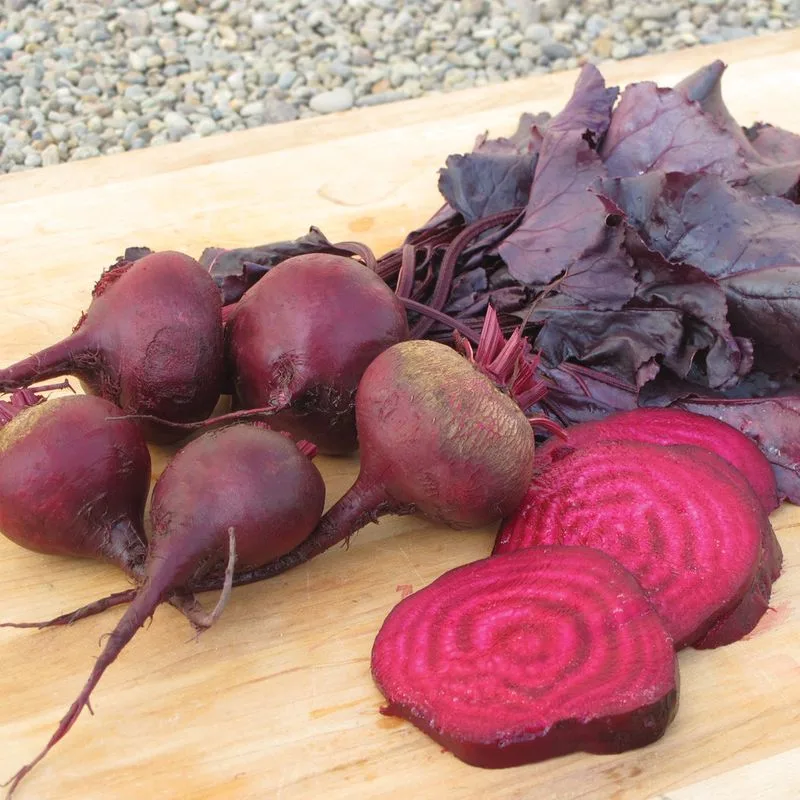
Bull’s Blood Beets captivate with their deep red leaves and roots, offering both visual and culinary appeal. This heirloom variety dates back to the 1800s, cherished for its sweet, earthy flavor.
The leaves, rich in nutrients, make a striking addition to salads, while the roots are perfect for roasting or pickling. Their vibrant color and robust taste enhance any dish, adding a touch of elegance.
By planting Bull’s Blood Beets, gardeners embrace a piece of agricultural history while enjoying diverse culinary options. It’s a rewarding way to enrich both garden and table with color and taste.
Green Zebra Tomato
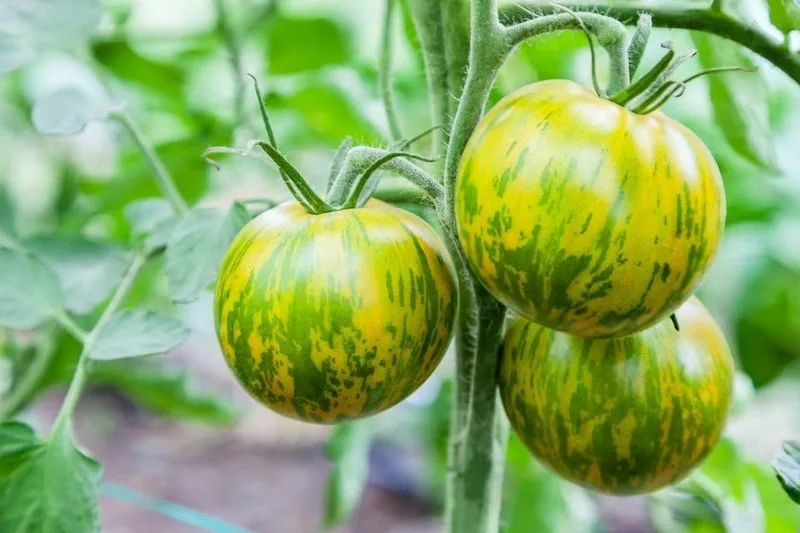
Green Zebra Tomatoes intrigue with their striking green and yellow stripes and tangy flavor. This modern heirloom, developed in the 1980s, brings a fresh twist to traditional tomato varieties.
Their unique appearance makes them a favorite for gourmet dishes and eye-catching salads. The balance of sweetness and acidity offers a refreshing taste, perfect for diverse culinary applications.
Growing Green Zebra Tomatoes means embracing innovation and creativity in gardening. It’s an exciting way to add flair to your garden and cuisine, celebrating the diversity of tomato varieties.
Moonshine Carrot
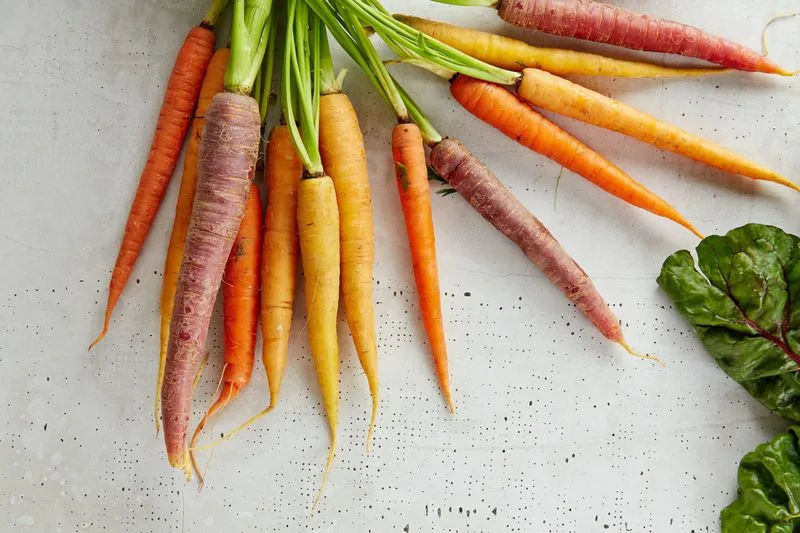
Moonshine Carrots bring a touch of the unusual with their bright white skin and sweet, mild flavor. This heirloom variety offers a crisp texture that’s perfect for raw snacks or cooking.
Their unique color makes them a striking addition to any garden, while their simplicity appeals to those looking for a versatile carrot option. The origins of Moonshine Carrots are less documented, adding a mysterious allure.
By incorporating Moonshine Carrots into your garden, you contribute to the preservation of diverse plant genetics while enjoying a delightful culinary experience. It’s a refreshing choice for adventurous gardeners.
Jarrahdale Pumpkin
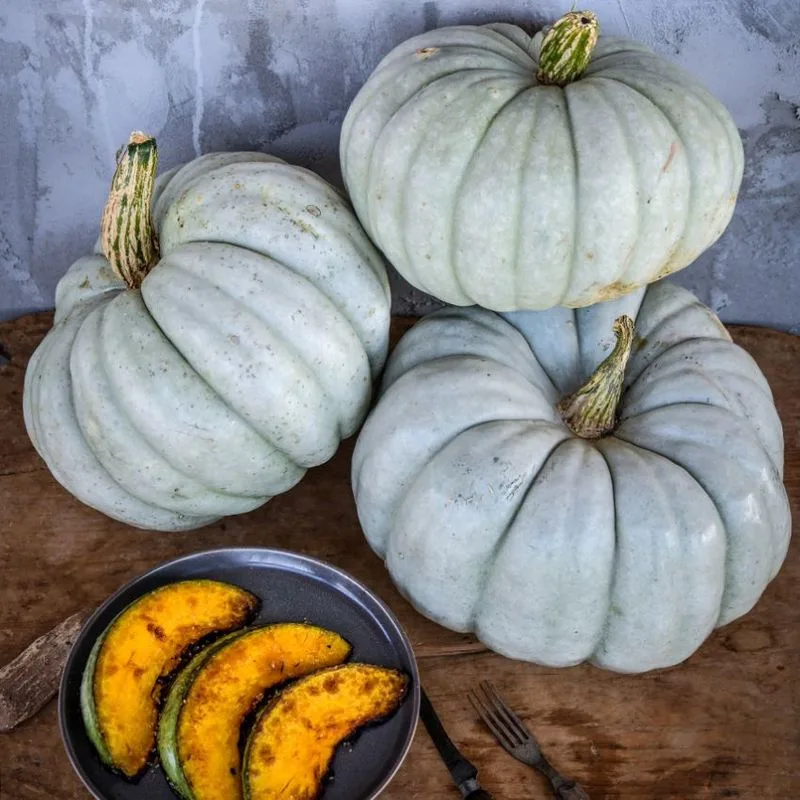
Jarrahdale Pumpkins enchant with their blue-grey skin and aromatic, sweet flesh. Originating from New Zealand, this heirloom variety is beloved for its long storage life and culinary versatility.
Perfect for soups, pies, and roasting, Jarrahdale Pumpkins add a unique touch to seasonal dishes. Their striking appearance also makes them popular for decoration during autumn festivities.
Cultivating Jarrahdale Pumpkins is a journey into international horticultural heritage. It’s an enriching way to explore culinary possibilities while adding an exotic flair to both garden and kitchen.
Red Russian Kale

Red Russian Kale stands out with its tender, frilly leaves and mild, sweet flavor. This heirloom variety, with origins in Siberia, offers exceptional cold tolerance and nutritional benefits.
Ideal for salads, smoothies, and cooking, it provides a rich source of vitamins and minerals. Its striking purple veins and vibrant green leaves add visual appeal to any dish.
By growing Red Russian Kale, gardeners can enjoy a hardy, nutritious crop that withstands the cold. It’s a flavorful way to enhance your garden’s diversity and embrace a piece of global agricultural history.
Mortgage Lifter Tomato
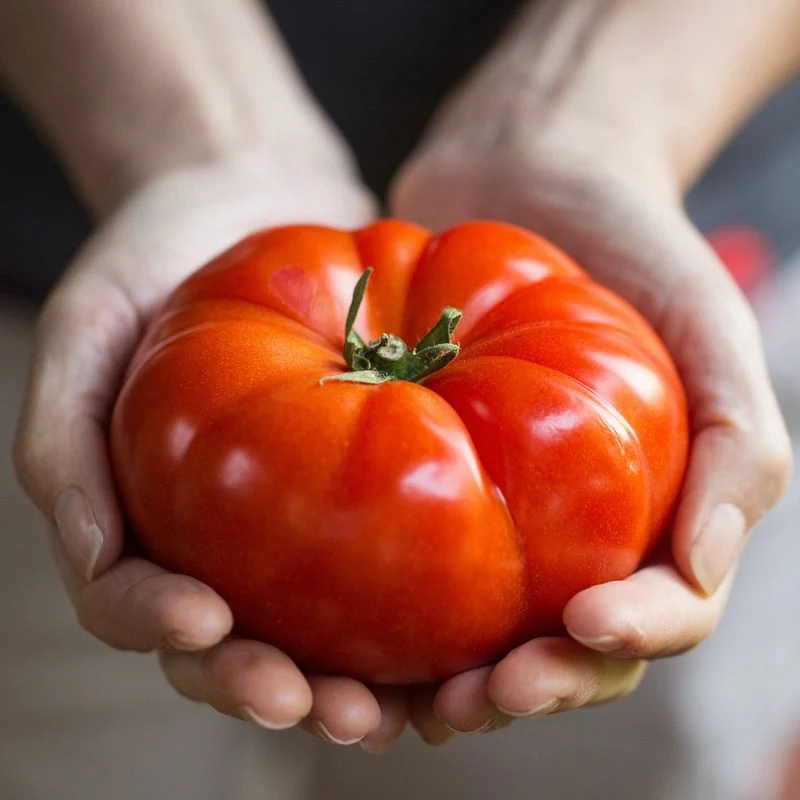
The Mortgage Lifter Tomato boasts a heartwarming origin story, developed by a farmer who paid off his mortgage by selling this crop. Known for its large size and hearty, sweet flavor, it’s a gardener’s delight.
These tomatoes are perfect for slicing, with meaty flesh that enhances any sandwich or salad. Their resilience and productivity make them a staple in gardens across climates.
Choosing to grow Mortgage Lifter Tomatoes means supporting a legacy of ingenuity and community spirit. It’s a rewarding way to savor both taste and history in your gardening pursuits.
Blue Hopi Corn
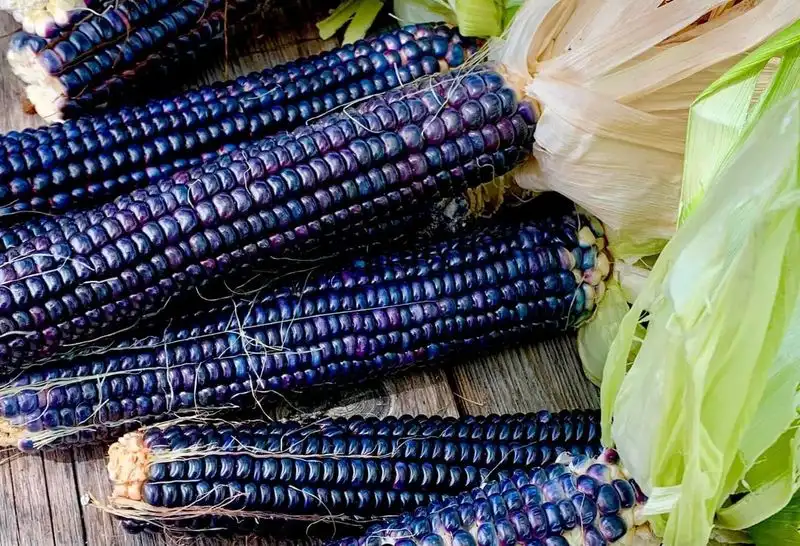
Blue Hopi Corn enchants with its striking dark blue kernels, a sacred and traditional crop of the Hopi Native Americans. This heirloom variety is cherished for its versatility and cultural significance.
Ideal for cornmeal, tortillas, and ceremonial dishes, it’s a vital part of Hopi culinary culture. The corn’s resilience and adaptability to dry climates make it a valuable crop for sustainable gardening.
By cultivating Blue Hopi Corn, gardeners honor a rich tapestry of indigenous heritage and agricultural wisdom. It’s a meaningful way to explore diverse culinary traditions and sustainability.

